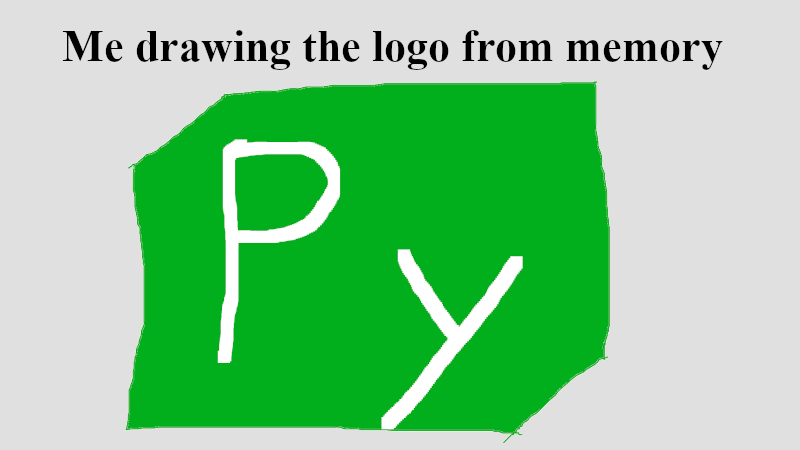Easy PySide6 Setup
- Python
- Qt
- PySide6
Desktop applications and me
It has been a long time since I played with a desktop app framework. A few years ago I have played with wxPython and PySide2.

The setup
After you installed Python...
Always, always use a virtual environment if you need to install any packages. There are quite a number of choices for virtual environments, e.g. venv (Python standard library), virtualenv, Pyenv, Poetry, .etc. miniconda/Anaconda could also be in consideration if you want fine control of the Python version. I use Poetry most of the time. For this article, I'll use the default options for poetry.
Don't let the message below scare you, it just need a simple fix.
> mkdir pyside6-sandbox && cd pyside6-sandbox
>
> poetry init -n
> ls
pyproject.toml
> poetry add pyside6
The current project\'s Python requirement (>=3.10,<4.0) is not compatible with some of the required packages Python requirement:
- pyside6 requires Python <3.12,>=3.7, so it will not be satisfied for Python >=3.12,<4.0
Because no versions of pyside6 match >6.4.1,<7.0.0
and pyside6 (6.4.1) requires Python <3.12,>=3.7, pyside6 is forbidden.
So, because pyside6-sandbox depends on PySide6 (^6.4.1), version solving failed.
• Check your dependencies Python requirement: The Python requirement can be specified via the `python` or `markers` properties
For pyside6, a possible solution would be to set the `python` property to ">=3.10,<3.12"
https://python-poetry.org/docs/dependency-specification/#python-restricted-dependencies,
https://python-poetry.org/docs/dependency-specification/#using-environment-markers
To install PySide6, we specify the python version.
> poetry add --python '>=3.10,<3.12' pyside6
Using version ^6.4.1 for PySide6
Updating dependencies
Resolving dependencies... (0.4s)
Writing lock file
Package operations: 4 installs, 0 updates, 0 removals
• Installing shiboken6 (6.4.1)
• Installing pyside6-essentials (6.4.1)
• Installing pyside6-addons (6.4.1)
• Installing pyside6 (6.4.1)
> poetry shell
Spawning shell within some-where/virtualenvs/pyside6-sandbox-UCbHYWjN-py3.10
> (pyside6-sandbox-py3.10)
DONE!
But wait! There's more!
The pyside6 package included a bunch of tools.
Just make sure we are in our virtual environment.
- pyside6-assistant
- pyside6-deploy
- pyside6-designer
- pyside6-genpyi
- pyside6-linguist
- pyside6-lrelease
- pyside6-lupdate
- pyside6-metaobjectdump
- pyside6-project
- pyside6-qml
- pyside6-qmlformat
- pyside6-qmlimportscanner
- pyside6-qmllint
- pyside6-qmlls
- pyside6-qmltyperegistrar
- pyside6-qtpy2cpp
- pyside6-rcc
- pyside6-uic
If you are on Powershell, use this command to see what you get:
> (pyside6-sandbox-py3.10)gcm -Name 'pyside6-*'
To use QtDesigner:
> (pyside6-sandbox-py3.10) pyside6-qtdesigner & # launch in background with '&'
If you are new to the Qt ecosystem, make sure to checkout:
- pyside6-designer
- pyside6-rcc
- pyside6-uic
Conclusion
I know webapps are gaining a lot of traction for a long while, but writing desktop application is always a fun thing to do for me.
What actually reinspark me to give Qt a look again is this tutorial by freeCodeCamp.org.
Although Qt's documentation is a little bit lacking in the Python side, Qt is a powerful and mature ecosystem for building desktop applications. Definitely worth give it a try!